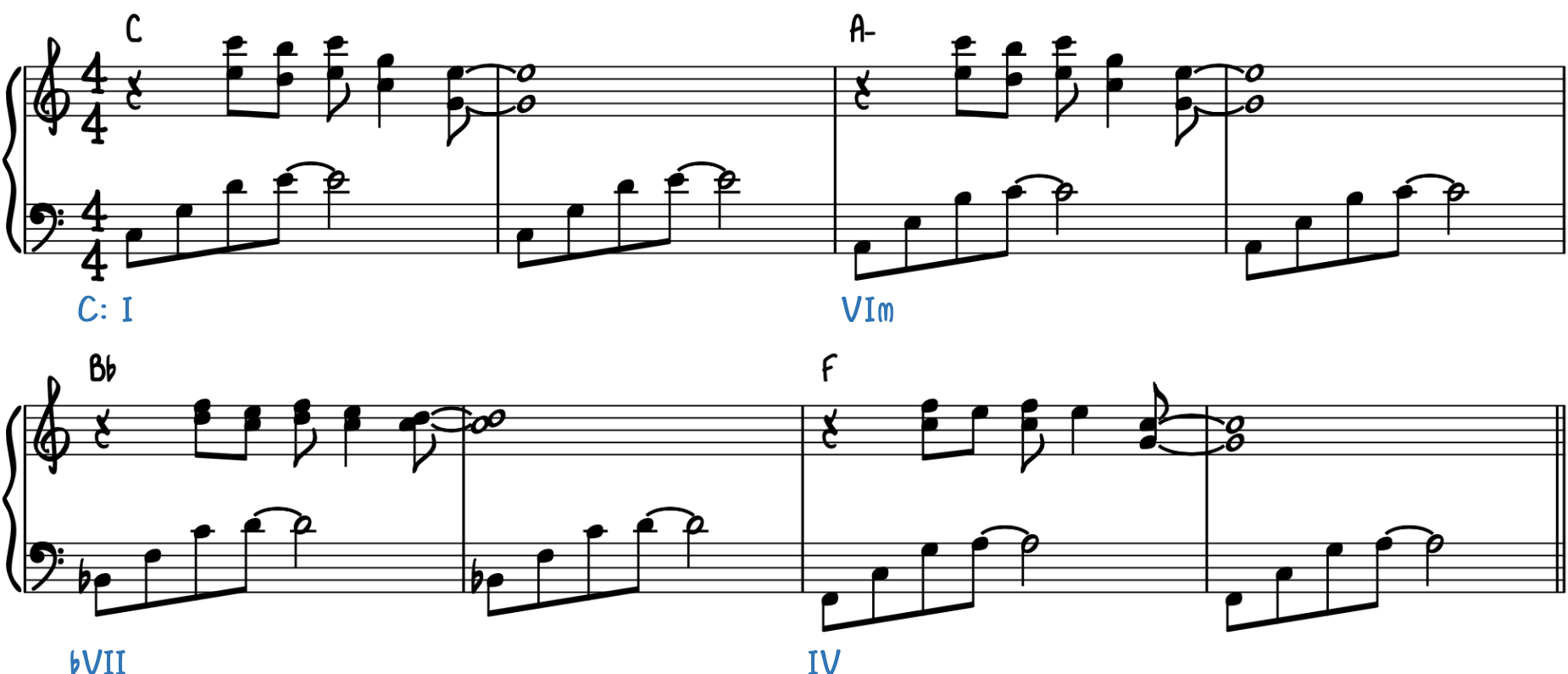How to Play New Age Piano
Learning Focus
Music Style
Free Lessons
Get free weekly lessons, practice tips, and downloadable resources to your inbox!
Would you enjoying learning how to play New Age piano music? Well, in today’s Quick Tip, John Proulx shares how piano students can learn to play with the introspective, peaceful and meditative sound of artists like:
Today’s New Age piano tutorial covers 5 of the most common arranging techniques that anyone can learn and apply: (1) compositional layering, (2) simple, repetitive melodies, (3) harmony with 3rd, 4th, 5th and 6th intervals, (4) right-hand 8th-notes lines, and (5) left-hand 8th-note patterns.
Here’s an example of what you’ll learn to play in today’s lesson:

If you’re already a PWJ member, then be sure to grab the downloadable lesson sheet PDF, which includes John Proulx’s original new age composition from this lesson. The download link appears at the bottom of this page when you’re logged in with your membership. In addition, members can easily transpose these New Age piano lesson materials to any key using our Smart Sheet Music. Once you master these techniques, you’ll be able to transform any space with a piano into an ambient oasis.
After today’s lesson, you can continue exploring further New Age piano skills and techniques the following related Quick Tips. In fact, PWJ members even have access to our complete New Age piano learning track!
Related Quick Tips
Contemporary & New Age Learning Tracks
Thanks for learning with us today! We’ll see you next time.
Would you like to comment on this lesson?
Visit this Quick Tip on YouTube
More Free Lessons
You don’t need years of lessons to improvise. Learn 4 simple techniques to unlock your creativity at the piano.
Discover 5 simple melodic embellishments that pros use to make any melody sound instantly more expressive.
All the best jazz tunes to learn on piano in every jazz tempo, whether slow, medium, or fast. You'll be ready in every musical situation!
Looking for downloads?
Subscribe to a membership plan for full access to this Quick Tip's sheet music and backing tracks!
Join Us
Get instant access to this Quick Tip and other member features with a PWJ membership!
Guided Learning Tracks
View guided learning tracks for all music styles and skill levels
Progress Tracking
Complete lessons and courses as you track your learning progress
Downloadable Resources
Download Sheet Music and Backing Tracks
Community Forums
Engage with other PWJ members in our member-only community forums
Become a better piano player today. Try us out completely free for 14 days!




